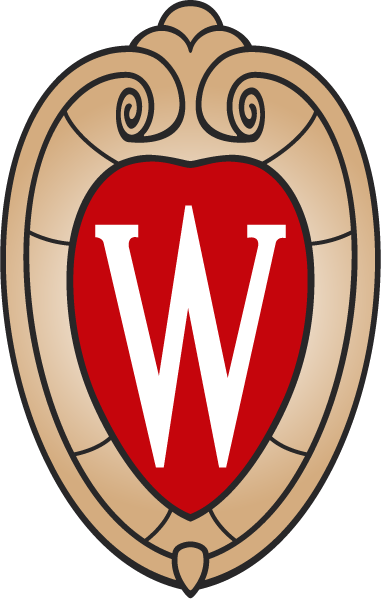
Fundamentals of Substation Equipment and Control Systems
interpro.wisc.edu/RA00509 See upcoming datesCourse Overview
Upon completion of this course, you will understand the construction, operation, and control of power transformers, load tap changers, voltage regulators, power circuit breakers, circuit switchers, and capacitor banks.
You will also be familiar with protective relays, trip schematics and wiring diagrams, auxiliary equipment and systems, metalclad switchgear, substation automation and integration, batteries, and battery chargers.
Who Should Attend?
- Substation design engineers and technicians
- Industrial, utility, or plant engineers
- Substation operations specialists
- Power system dispatchers
- Project managers
Course Outline
Substation Types and Purposes
- Fundamentals of power system operation
- Primary substation equipment
Power Transformers and Controls
- Major components
- Construction and operation
- Connections and ratings
- Fixed taps and LTCs
Introduction to Schematics and Wiring Diagrams
- Control logic
- Converting control schematics to wiring diagrams
- Example transformer control and wiring diagrams
Voltage Regulators
- Construction and operation
- Ratings
Disconnect Switches
- Types and applications
- Manual and motor-operated switches; control schematics
Power Circuit Breakers
- Purpose and types
- Construction and operation
- Schematics and wiring diagram examples
Circuit Switchers and Other Special Application Switches
- Purpose and major components
- Construction and operation
- Schematics and wiring
Reclosers
- Purpose and applications
- Major components
- Types and ratings
- Construction and operation
Power Fuses
- Types and applications
- Operation
Instrument Transformers
- Voltage and current transformers
- Principles of operation
- Burden, saturation, and accuracy
- Ratings and connections
Protective Relay Systems
- Purpose and types
- DC trip and close schematics
- AC voltage and current schematics
- Wiring diagrams
Battery Systems
- Purpose and ratings
- Chargers and charging control systems
AC Station Power Systems
- Station power requirements
- Back-up supplies/sources
SCADA
- Purpose and functions
- SCADA overview
- RTUs and IEDs
Integrated/Automated Substation Control Reference Material
- Integration/automation defined
- Communication systems and interfaces
Capacitor Banks
- Purpose
- Construction and operation
- Switching and protection control schemes
Metalclad Switchgear
- Advantages and applications
- Construction and operation
- Protection and control
Wave Traps
- Purpose and applications
- Major components
- Tuning and operation
Substation Commissioning
- Acceptance testing equipment
- Start up procedures
- Energizing equipment
- Substation and transmission line examples
Instructors
David Herbst
David Herbst has over 38 years of experience in designing, installing, and testing electric utility relay protection and control systems. He is a licensed Professional Engineer and currently works as Director of Field Services for Dashiell in Madison, Wisconsin. Dave spent 21 years working for an investor-owned electric utility. His responsibilities included design, installation, and maintenance of relay protection systems, as well as supervision of engineers and technicians involved in system protection design and commissioning. Dave has extensive experience in protection system design and commissioning of substations and electrical systems from 480 volts through 345kV. Dave graduated from UW-Madison with a degree in Electrical Engineering in 1983.
Mitch Bradt
Mitch Bradt, PE, is an engineer and educator who loves to see students “get it.” He has over 25 years of experience in the fields of aerospace and electric power. His responsibilities have varied from aircraft electrical systems, to utility system protective relaying, to utility-applied power electronics, to wind farm collectors, and teaching and curriculum development in these related areas. He currently serves six major electric utilities with a staff of 45 engineers and designers, providing for all aspects of substation design on approximately 80 projects each year.
